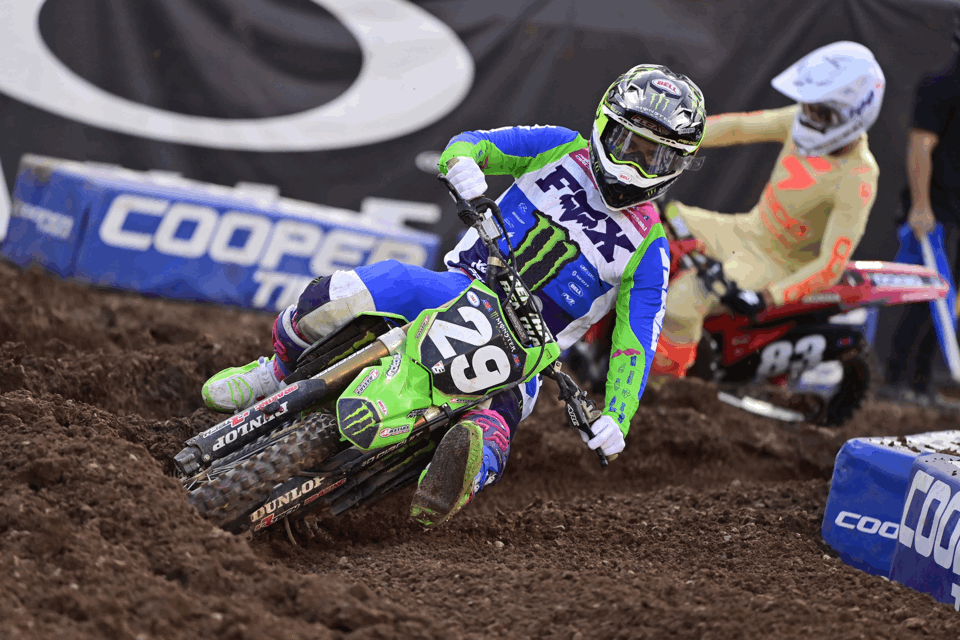
Sprints on the road bike, circuit training in the gym, and 3-5 lap sprints at the track. November and about half of December would be shorter workouts but higher intensity. For example, doing 2-4-hour road bike rides and longer motos at the track. Ryan Sipes: October would usually be a lot of volume with less intensity. While that schedule may not be daunting on paper, doing it over and over for months is hard work. December and mid-season rides are more like 20 miles but include interval sprints and group rotations to push the pace. The early camp rides can be 60 miles or so with an emphasis on keeping a low heart rate. In October and early November, the intensity would be lower but the rides would be much longer (base fitness building).

Bicycle ride can be intervals, sprints, or long base rides depending on when this is. Sprints, motos, starts, turns, etc.ģ pm: Bicycle ride for most, running for some. A boot camp day for many programs looks something like this:ĩ am: Riding begins. Day after day of riding, cycling, running, and gym workouts are strung together to a point where it almost doesn't matter what day of the week it is anymore. Jason Thomas: Thanksgiving is still prime-time training and boot camp is still in full swing. How did your training change around the Thanksgiving week time through Anaheim?

Here’s Jason Thomas, Ryan Sipes, and Jake Weimer and how it all works. We asked three ex-pros about the timing and schedule for off-season training, which is probably peaking right now for the superstars of supercross. It might be Thanksgiving, Black Friday, and Cyber Monday time for we mere mortals, but for professionals prepping for Monster Energy Supercross, nothing else matters besides being ready for racing in January.


 0 kommentar(er)
0 kommentar(er)
